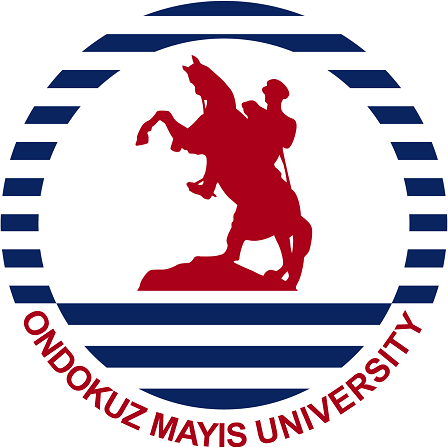Aşıklı Höyük, the earliest sedentary community of Central Anatolia, lies at the bank of Melendiz River in Kızılkaya village about 25 km southeast of Aksaray Province, West Cappadocia. Rescue excavations at the site were initiated in 1989 by Prof. Ufuk Esin. Esin’s international research team continued their interdisciplinary work at Aşıklı until 2002. In 2006, a new excavation and research campaign started under the direction of Prof. Mihriban Özbaşaran and Assoc. Prof. Güneş Duru. Aşıklı Höyük Research Project is a multi-disciplinary and multi-national project conducted with the permission of the Turkish Ministry of Culture and Directorate of Cultural Assets and Museums. Research team includes scholars and students from Istanbul University and specialists from several universities and countries.
Radiocarbon dates indicate that Aşıklı was founded around 8500/8350 cal BCE by mobile hunter gatherer groups and was abandoned around 7350 cal BCE. Throughout the continuous habitation of the site for generations, the Aşıklı community established a permanent settled life, domesticated plants and animals, and created social rules. The current research project at the site examines all steps of technological, social and economic transformations and continues to focus on the establishment of the Neolithic lifestyle, one of the most important breaking points in the history of human.
The firsts of many concepts and practices such as the emergence of public spaces, mechanisms of egalitarian societies, collective life and sharing can be followed at Aşıklı Höyük. These themes all constitute current topics of discussion in archaeology, as well as social history, anthropology, sociology, history of architecture, history of medicine, and technology. The data from Aşıklı creates a ground for interpretation and discussion that will contribute to the life models designed for the purpose of “a better of future” and develops ways of thinking.
Current results from years of interdisciplinary research at the site reveal that the inhabitants of Aşıklı are the earliest sedentary community of Central Anatolia. The community adopted a collective lifestyle throughout the settlement sequence, while maintaining a lifestyle organized according to age, experience and specialization. Aşıklı community domesticated sheep/goat by keeping them under control in areas next to their houses, and by feeding them, and then by herding them. Cereal cultivation, legumes, wild plants, nut and fruit harvesting continued throughout the settlement sequence, placing Aşıklı Höyük as one of the settlements where the earliest agricultural experiments were carried out. Agricultural activities gradually increased in the settlement over time.
The site witnessed some early innovations and "firsts" in terms of architectural history. The transition from oval, semi-subterranean to rectangular, freestanding, above-ground building plans, as well as the emergence of public buildings and complex settlement patterns can be tracked at Aşıklı Höyük. The increasing population size and changes in social organization have also been explored and documented. Although burial practices are diverse, the skull of a young female individual buried under the floor of one of the buildings at Aşıklı Höyük had evidently went through trepanation, which is considered one of the earliest brain surgeries in the world.
The primary raw material used in tool making is obsidian (volcanic glass). Obsidian was brought to the settlement in blocks from its sources and knapping and tool making were carried out in the settlement by the inhabitants. Technological changes and developments in tool types (e.g., scrapers, cutting and drilling tools, arrowheads) is slow and gradual. In the last 200 years of the thousand-year long settlement history in Aşıklı, pyrotechnological developments such as copper smelting and lime burning began to be practiced, and the residents began to interact more often with other communities. In this period, collective life began to evolve towards individuality in the Aşıklı community.
Sub-projects include Cultural Heritage Management, Cultural Collaboration and Social Network Projects, The Experimental Prehistoric Village Project, Protection and Exhibition Project, and Ethnographic Studies. “Friend of Aşıklı Society” was founded in November 2018 by a group of individuals from diverse backgrounds, who recognize and are interested in archaeology and cultural matters. The main aim of the Society is to develop international and national partnerships with public and private entities especially in the fields of art and education to promote interdisciplinary approach and support regional tourism and developmental activities in the vicinity of Aşıklı.
Links: Official Website | Facebook | Instagram | Twitter | Thumbler | Friends of Aşıklı Society



